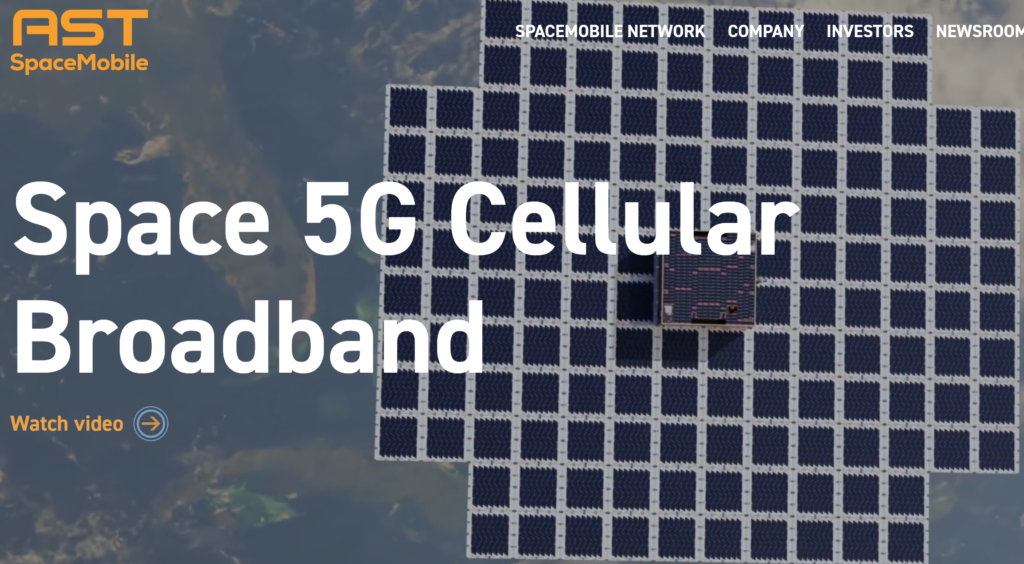POH – EN.675.641.FA23
On 08 September, AST Space Mobile’s Blue Walker 3 satellite facilitated its first 5G phone call for a 5G device in a cellular dead zone. This direct-to-device startup is one of several players exploring this emerging market. AST plans to launch more satellites and add device-monitoring service capabilities. AST would need close to 90 satellites to provide space supporting 5G services to ground mobile network partners. AST’s Blue Walker 3 uses the largest commercially deployed antenna in LEO to establish their connection with 5G smart phones. The market and the technology for these services is still developing. The Federal Communications Commission (FCC) has yet to publish a framework to regulate the industry.
The world continues to become more connected. The internet of everything is beginning to look like the internet of everywhere. Direct-to-device services will be a powerful application of space enabled communications but with increased accessibility and availability comes an increased interest from cyber threat actors. Terrestrial mobile networks are consistently under attack to collect “signals intelligence” for state actors. A satellite constellation connected to mobile 5G networks across the globe would be a target. Not only would it be targeted, but it would introduce new cyber-attack vectors for the existing mobile network ecosystems. It is concerning how new the technology is and how little the FCC is doing to provide regulation. One can only hope that these companies and the FCC are considering the risks of inaction if they don’t pursue a cyber security strategy to complement the technology.
Is there a future where instead of rogue cell towers, there are rogue 5G satellites connecting to our personal smart phones?
